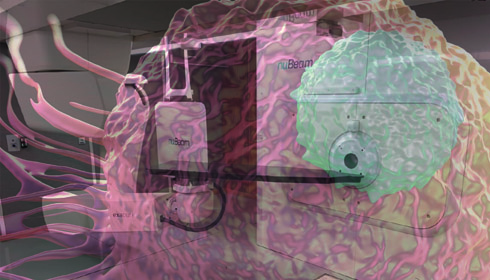
Resurgence of Boron Neutron Capture Therapy Revolutionising Cancer Treatment
California-based biotech company, TAE Life Sciences is spearheading a groundbreaking initiative to bring back a once-forgotten cancer treatment known as boron neutron capture therapy (BNCT). BNCT, which utilises radiation to target cancer cells, is making a comeback with modern particle accelerator technology, offering hope for more effective and less invasive cancer treatment options.
BNCT works by selectively killing cancer cells on a cellular level while minimising damage to healthy tissue, unlike traditional radiotherapy, which can cause collateral damage to surrounding cells. Patients undergoing BNCT are infused with a non-toxic boron-10 drug that accumulates in tumor cells. They are then irradiated with neutrons that emit charged particles to destroy cancer cells harboring boron. The treatment holds promise for sparing healthy cells and may only require one session for most patients.
This innovative approach to cancer treatment is not entirely new. BNCT has a storied history dating back to the 1950s, when scientists first experimented with nuclear reactors and borax infusions to treat high-grade glioma cancers. However, early attempts resulted in lethal toxicities, prompting a decline in interest in BNCT in the United States by the late 1960s. Nevertheless, research persisted, leading to breakthroughs in boron compounds and neutron beam delivery methods.
TAE Life Sciences' partnership with Neuboron Medical has already seen success in China, where BNCT treatments have been administered to patients at Xiamen Humanity Hospital. With plans to expand clinical trials globally, TAE Life Sciences aims to bring BNCT to Europe and the United States shortly.
Rob Hill, CEO of TAE Life Sciences, emphasises the importance of BNCT in addressing unmet needs in cancer treatment. He highlights the potential of BNCT to treat thousands of patients annually, offering a more efficient and cost-effective alternative to traditional radiotherapies. While the initial buildout for BNCT facilities is significant, the long-term benefits outweigh the costs, with BNCT projected to become a multi-billion-dollar market by 2030.
The resurgence of BNCT represents a paradigm shift in cancer treatment, with the potential to revolutionise patient care globally. As TAE Life Sciences continues to advance BNCT technology, the future of cancer treatment looks brighter than ever before.